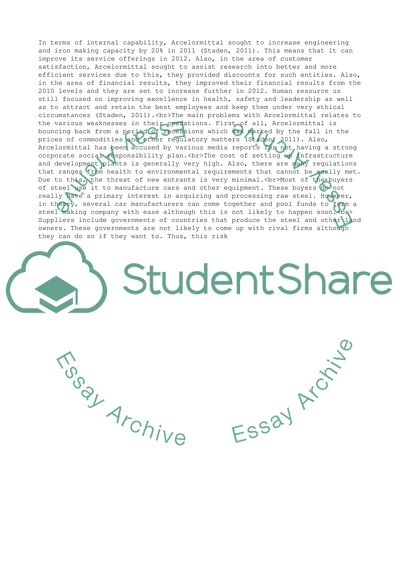Cite this document
(Apply, analyse and evaluate organisational elements, for further Essay, n.d.)
Apply, analyse and evaluate organisational elements, for further Essay. https://studentshare.org/business/1788846-apply-analyse-and-evaluate-organisational-elements-for-further-improvements
Apply, analyse and evaluate organisational elements, for further Essay. https://studentshare.org/business/1788846-apply-analyse-and-evaluate-organisational-elements-for-further-improvements
(Apply, Analyse and Evaluate Organisational Elements, for Further Essay)
Apply, Analyse and Evaluate Organisational Elements, for Further Essay. https://studentshare.org/business/1788846-apply-analyse-and-evaluate-organisational-elements-for-further-improvements.
Apply, Analyse and Evaluate Organisational Elements, for Further Essay. https://studentshare.org/business/1788846-apply-analyse-and-evaluate-organisational-elements-for-further-improvements.
“Apply, Analyse and Evaluate Organisational Elements, for Further Essay”. https://studentshare.org/business/1788846-apply-analyse-and-evaluate-organisational-elements-for-further-improvements.


